WINDERMERE, Fla.—The worst sin you can commit as a celebrity—sportsman, politician, entertainer—is to make note of something said about you that you'd much prefer people don’t know about.
In short, the very thing you didn’t want to happen, making more people aware, is then caused by your own public indignation.
For exhibit A, I present Tiger Woods.
For those who might be unaware, Dan Jenkins, the dean of American golf writers, authored a rather poor satire article in the December issue of Golf Digest Magazine that was clearly a spoof on various elements of Tiger’s life. The word “fake” was stated on the cover of the magazine, and Digest went further by having a model pose as Tiger with his famous Sunday final-round colors of red shirt and black pants, posing in a diner setting—which is where Woods met one of his female cohorts.
Jenkins had tried to get a legitimate sit-down with Tiger, but Woods has never acceded to Jenkins or any other golf writer for such a purpose. The reason? Back in 1997—when a young Woods was just getting his career started—he was interviewed by writer Charles P. Pierce working on behalf of GQ Magazine. The contents weren’t especially noteworthy, save for the fact that some of Tiger’s statements came off as juvenile, crude, and immature.
Team Tiger wasn’t exactly pleased by the airing of the comments, and from that point on decided all press contacts would be carefully orchestrated. And when done in group settings, Tiger would only provide your basic name-rank-serial number responses. Fawning press was fine. Probing press was out.
There are those in the press community who see their role as gatekeeper—final arbiter on where a player stands in the game. Getting the traditional scribes on your side—Jenkins counts as one for sure—is one clear way that past champions such as Bobby Jones, Ben Hogan, and more recent stars such as Arnold Palmer and later with Jack Nicklaus were elevated to even greater heights.
One of the advantages modern sportsmen have over their predecessors is social media. Years ago, the sportsmen only had sports writers and later broadcasters to project who and what they were about. Not so today.
Social media has now provided another mechanism for athletes of all sports to shape their images, to project the story lines as they see fit, and when need be, create their own truths even when not supported by facts. Through social media, athletes can have direct connection with their respective fan bases and bypass the filters that old-line traditional media have operated under for many years.
Yet there are media people who actually see their role as the equivalent of the very people they are covering. Arrogance on the other side? Ironic, isn’t it? Some old-school media believe ordination comes only through their acknowledgement. Traditional media outlets do not realize that “traditional” patterns have changed dramatically and that a range of outlets and ways to connect are now being routinely done in other avenues.
Traditional media have seen this “bypass” attempt as an end run around them and, as a result, the backlash is noticeable in some quarters.
The focus for sports stars is building their “brand.” Creating, as tennis star Andre Agassi famously said years ago, “Image is everything.”
On the flip side, there are modern athletes with their own streak of arrogance, feeling they have little to gain and seeing traditional media as an inconvenience—an annoyance in wanting to dig deeper into who and what they are all about. Possibly undercutting their cultivated brand and thereby lessening the impact—and dollars—an athlete can reap. After the GQ article, Team Woods forever placed a wall as thick and permanent as any Berlin Wall could have been built. All media were looked upon in the same manner.
Amazingly, Tiger was, at one time, a paid contributor to Digest for his thoughts on the game. Only after Woods no longer was with Digest did such an article appear. And, Digest has never used such an approach to skewer other notable players. Jenkins was the author, but one must surmise the fingerprints for such an article countenanced by those at the top of the magazine’s editorial pyramid.
So what happens now?
Tiger returns to competitive play this week at his own event here in the Greater Orlando area. He’s been able to remain away from media, but that will change with this week and likely questions will be asked from the assembled press on the Jenkins/Digest matter.
In a perfect world, it would help Tiger considerably in putting the matter in his rear-view mirror while, at the same time, admitting his initial overreaction likely stirred up more fanfare than the actual article deserved. Tiger would also be well served to acknowledge that his tight-lipped past ways have played a role in bringing about the sharp edges that exist on all sides. Do I personally see that happening? Not likely. But hope springs eternal.
M. James Ward, a member of Golf Writer’s Association of America (GWAA) and past member of Met Golf Writer’s Association (MGWA), has reported on golf’s grandest events since 1980 in a variety of forums.
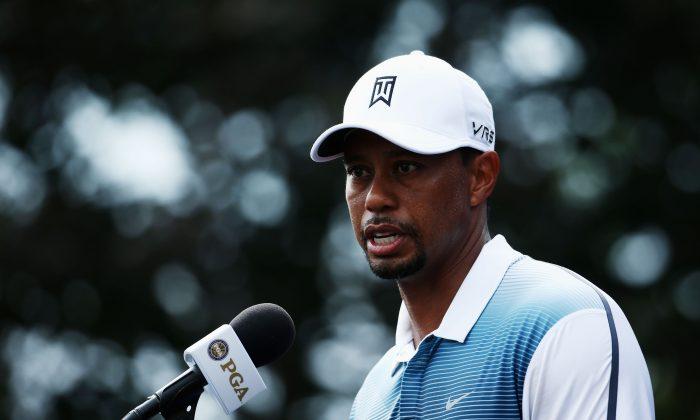
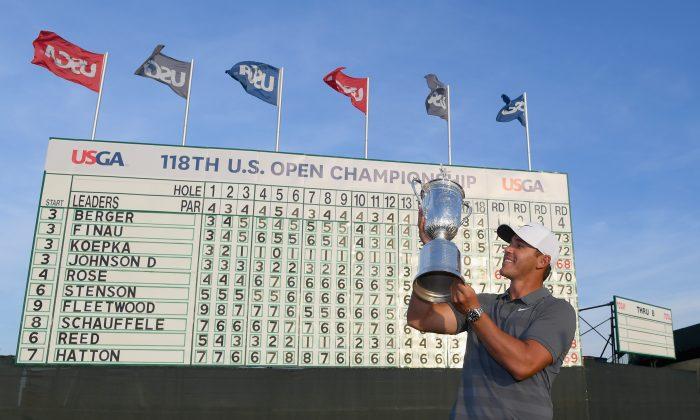
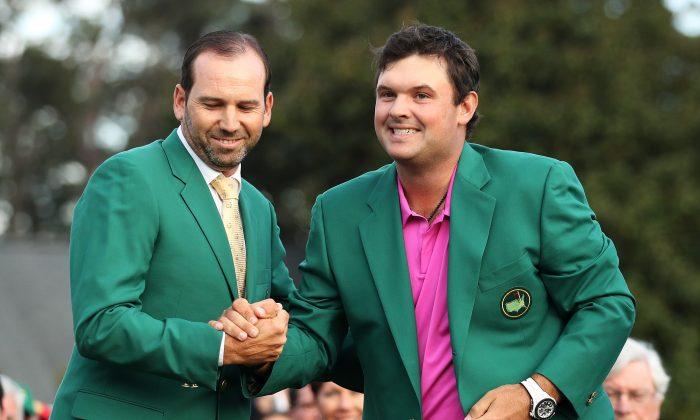
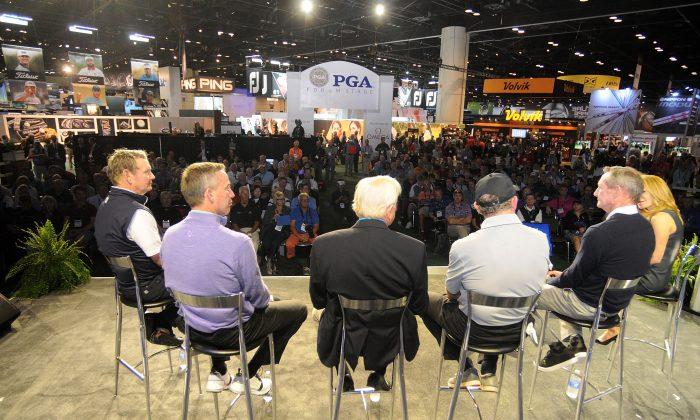
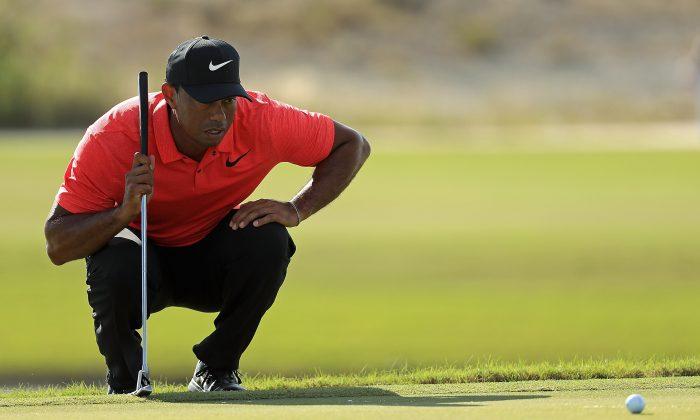
Friends Read Free